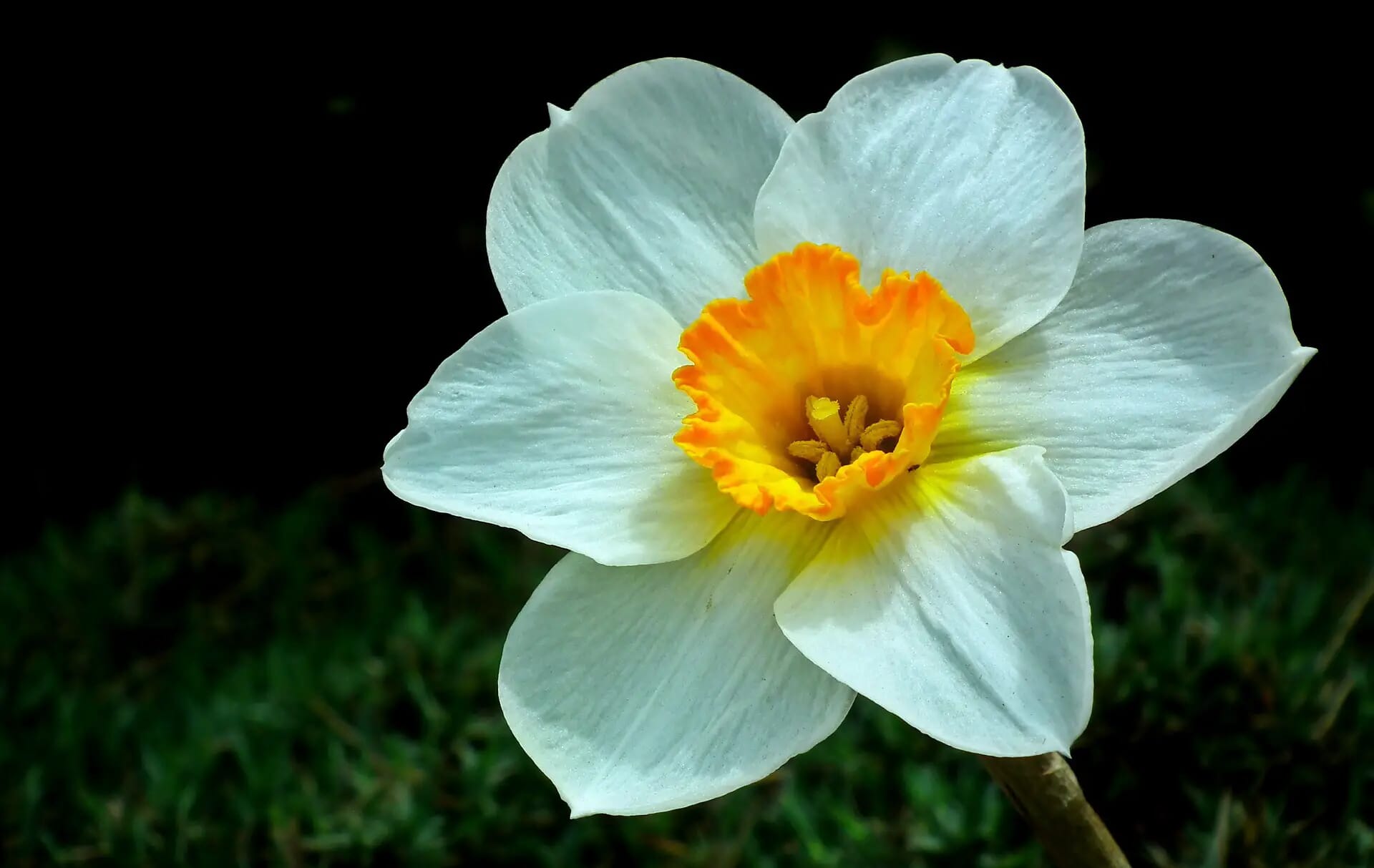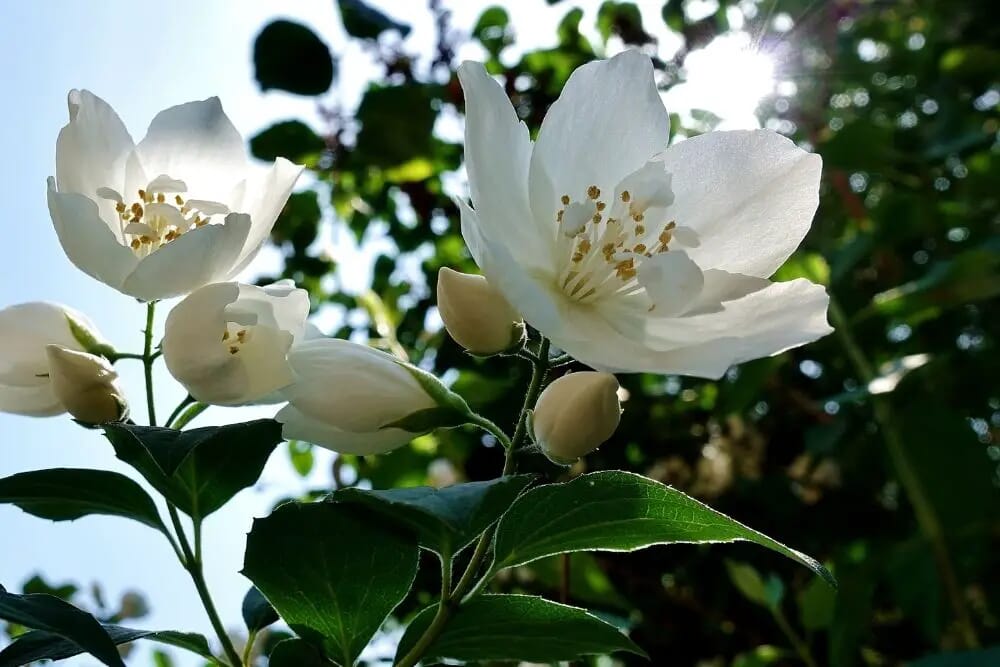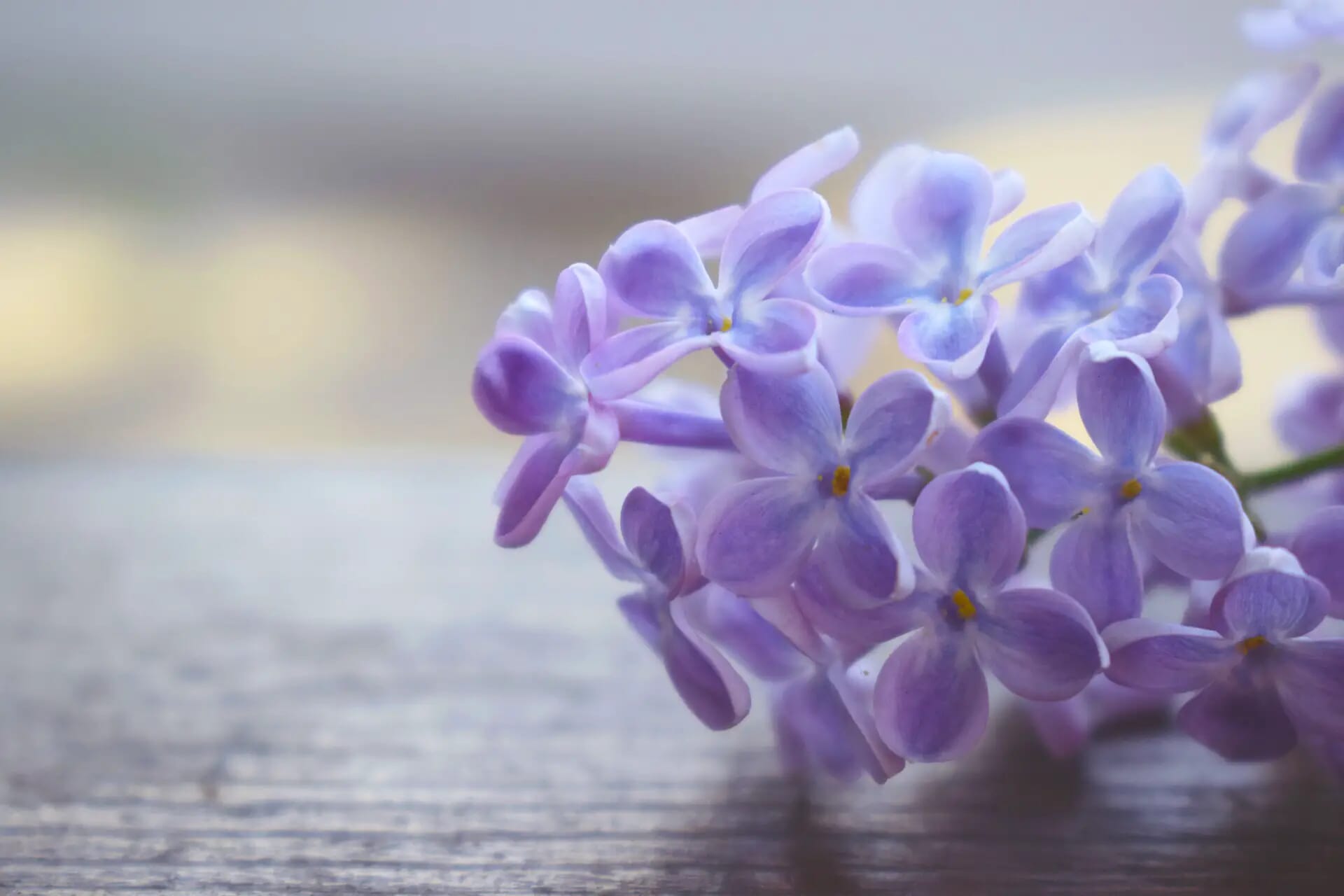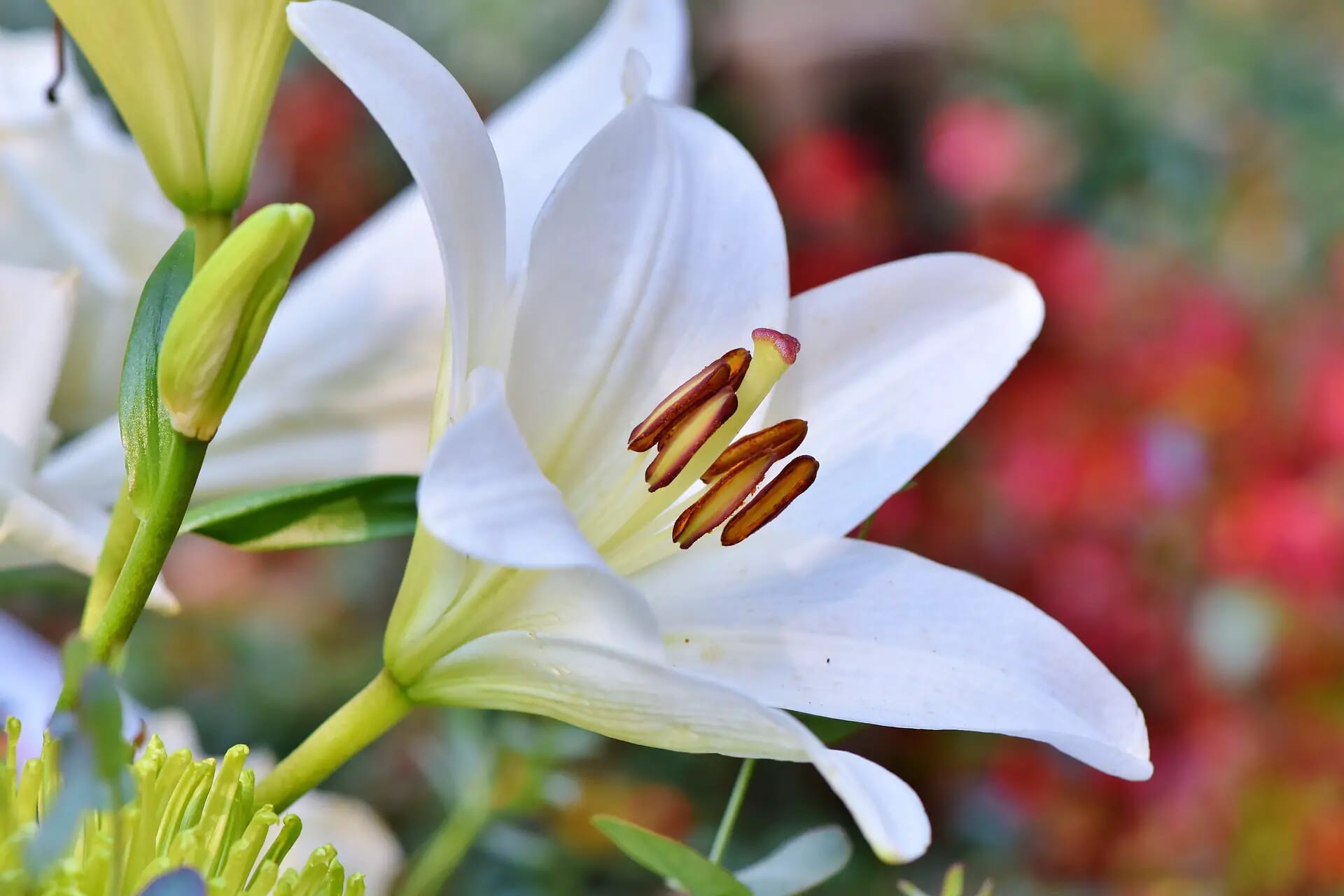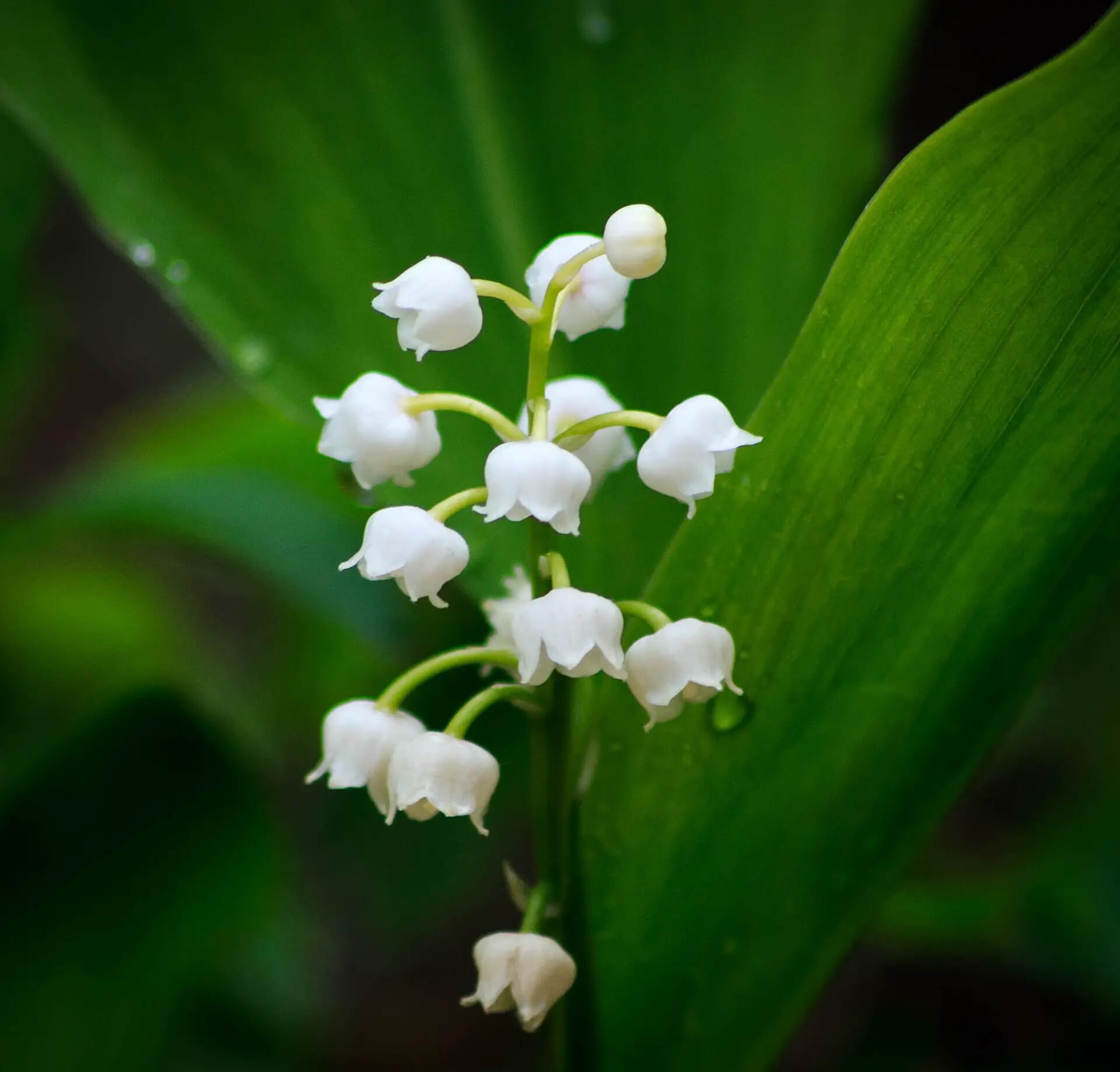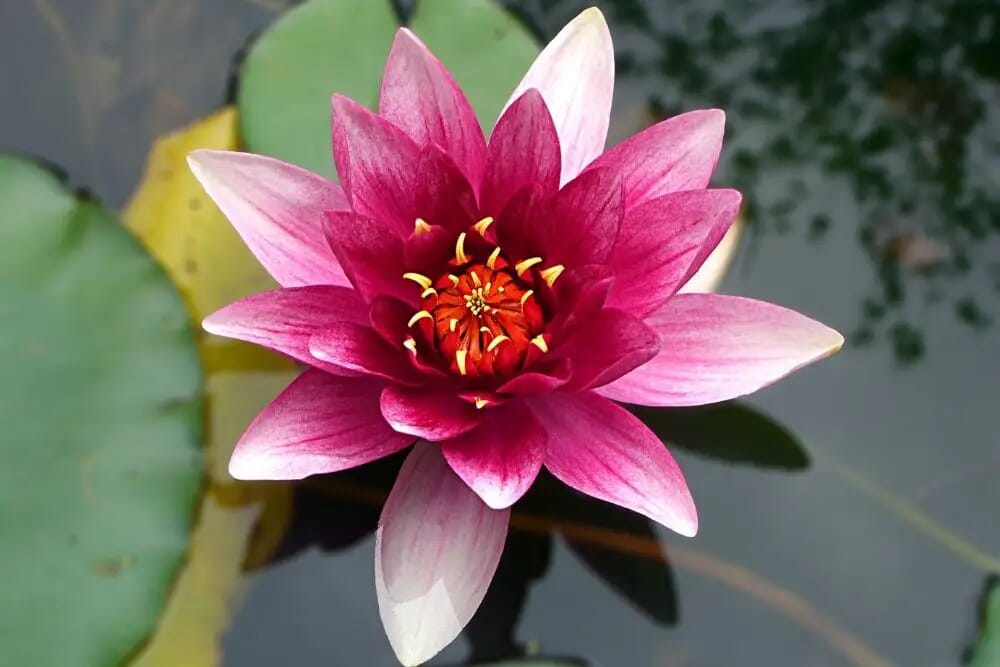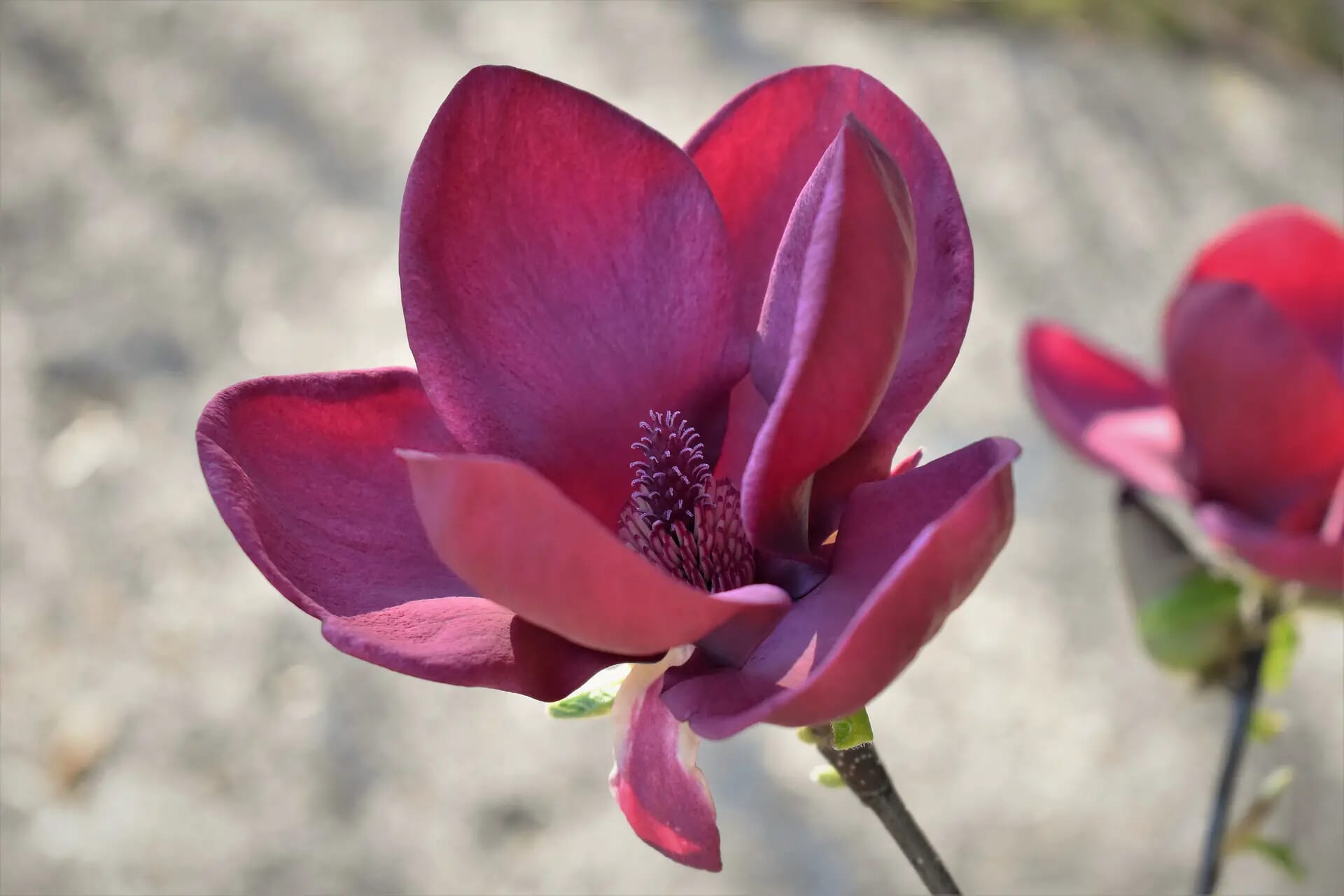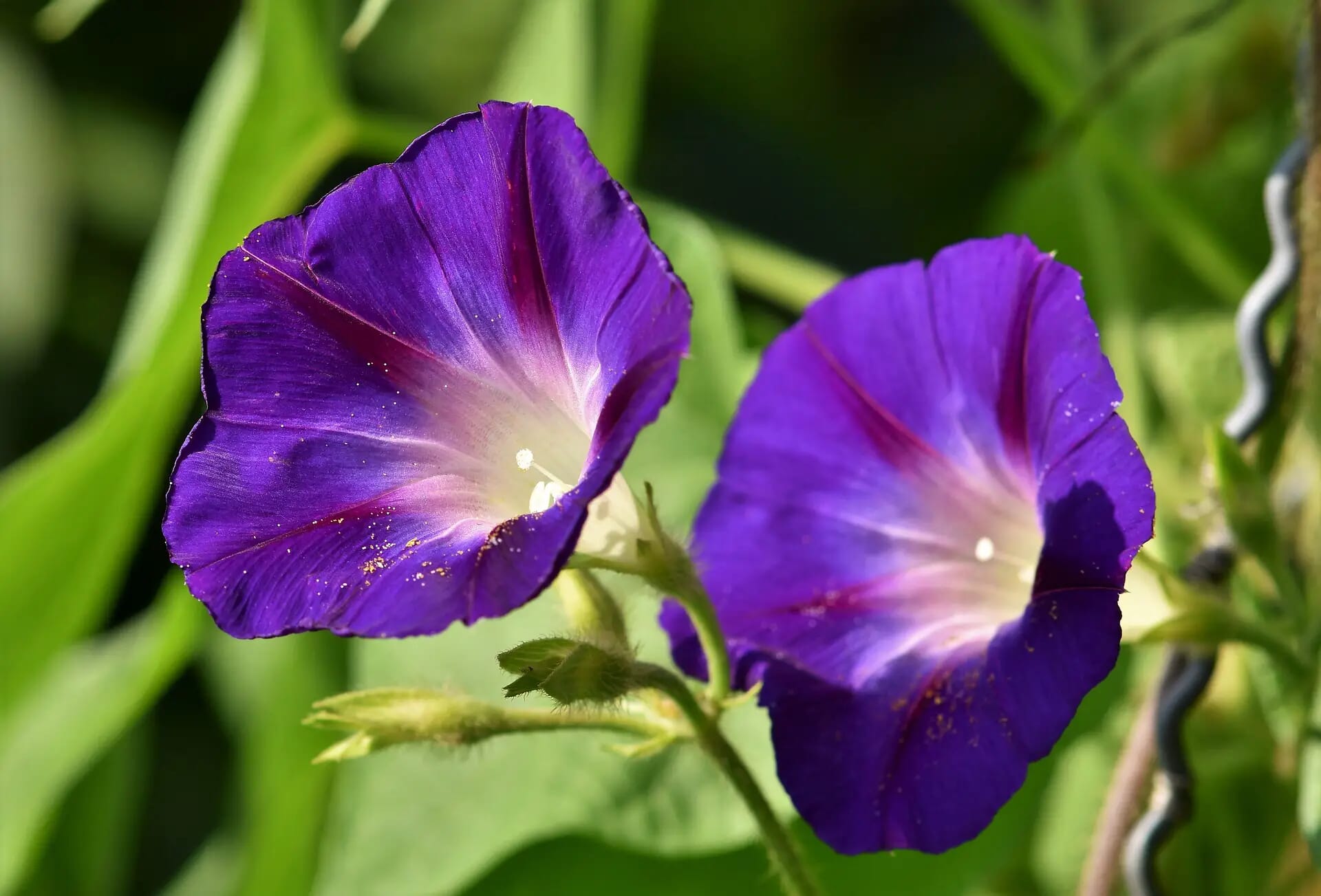Last Updated on January 4, 2024
We’ve all seen narcissus at some point in our lives. Whether it’s in a field, on a hill, or causing your home to smell because of a vase of them you received.
They are a pretty common sight around the world at this point and have become a part of many flowerbeds and gardens. And they are all the more pretty for it.
But there is so much more to this plant. It has been around for thousands of years and has been a part of horticultural history for just as long.
It has managed to root its way into many parts of our everyday day life, and not just for its looks. The surrounding literature, the myths it is a part of. The health benefits it brings with it. There’s just so much to discover. It can almost be overwhelming at times.
This guide is the answer to that information overload. We cover not just what the narcissus is, but also where it comes from. What it meant across history, not just to people, but to whole cultures as well.
With that out of the way, let’s begin discussing this marvelous little flower.
RELATED: Holly Flower Meaning, Spiritual Symbolism, Color Meaning & More
Narcissus Flower – What Is It?
We should start with some basic information about this widely-grown little plant.
Narcissus is also known as daffodils in many parts of the world. We will be using both terms when discussing this flower throughout this guide. So just keep that in mind as we go forward.
The narcissus is a family of perennial plants that people grow all over the world. But, mostly grown in and around Europe and North Africa, where the warm temperate climate suits them best.
Many believed they have evolved in the Iberian Peninsula around 23 million years ago. So, they’ve been in the region for quite a while at this point!
From Spain, Portugal, and Southern France, these plants spread across Europe over several thousands of years, both by natural means and by humans becoming enchanted with their beauty.
They have since been grown into a whole range of cultivars across the globe.
They are usually some of the first plants that you’ll find blooming in spring, opening up whilst many others are still yet to finish developing.
People often planted this flower in the fall so that they become well established by the time spring eventually arrives. This allows them to flourish in the sun of the early year.
Etymological Meaning Of The Narcissus Flower
The terms ‘narcissus’ and ‘daffodil’ have their routes in Greek and Latin.
Narcissus started their etymological journey with the Greek language, beginning with the term ‘narkē’, which loosely translates into numbness in English.
It may have received this name due to some paralytic side effects it has on people and animals if consumed raw, a topic will discuss later in this guide.
RELATED: Hawthorn Tree Meaning, Spiritual Symbolism, Connotations & More
As time passed, the term ‘narkē’ would eventually become the word ‘narkissos’, still in Greek, and would become more closely associated with the flower itself.
This would eventually translate into the Latinized version of this word ‘narcissus’, from the 17th century onwards, and is still in use to this day.
The word ‘daffodil’ also has its origins in Greek and Latin but is also the product of the English language and its own development and interactions with other language families.
The original root of the word (pun absolutely intended) comes from the term ‘asphodels’. Although, we have little clue as to what it originally meant, whether it connected to the flower or some other concept tied to this family of plants.
From Greek, it would change very little in its Medieval Latin form ‘Asphodelus’, then into ‘affodilus’ some time around the early 15th century.
At this point, it comes into contact with what is now Middle English. It dropped the end of the word to create the word ‘affodil’ to describe the plant. This is something that happens quite often when English language adopts words.
It is also around this time that the Netherlands becomes famous for growing the bulb in large quantities, where the sold it as ‘de affodil’.
The English would eventually merge the two elements together in the 16th century, This is where they started using the term ‘daffodil’.
Symbolism Of The Narcissus Flower
Being some of the first plants to start flowering in spring, narcissus has historically been symbols of the beginning of new life and opportunities.
Many regularly heralded the appearance of daffodil stems as the end of a harsh, biting winter, and for new life to emerge from the cold. Indeed, the national flower of March in the United Kingdom, the month that spring officially begins, is the narcissus.
The corona or cup of narcissus, the part of the flower where you will find the stigma of the plant, bears a striking resemblance to an eye. This is something that has both intrigued and unnerved people for centuries.
The Persian king Khosrau the first, ruler of the Persian Sassanid Empire in the 6th century AD, could not stand the sight of them for that reason. This aspect of them has come to symbolize that this flower holds great knowledge, and sees what others cannot.
Similarly tied to their association with spring, narcissus and daffodils are also symbols of good fortune to come. As they represent the start of the growing season wherever people cultivated them across the Northern Hemisphere, they represent the start of new opportunities to come.
On a more dour note, narcissus have also become symbols of grieving. This possibly comes back to the connection as the starting point of spring.
If winter was harsh the year before, the freezing cold may have caused lost lives. Being the first flower to appear, a narcissus may have been the most readily available flower to mourn someone with.
RELATED: Gerbera Flower Meaning, Spiritual Symbolism, Color Meaning & More
Narcissus Flower Color Meanings
Of all the different varieties of Narcissus in the world, the two colors that people widely accepted to exist in this species of flower: White, and yellow. Each has a ton of meaning attached to them from across the globe.
White:
The white daffodil is often a symbol of purity and innocence, as it is of the new dawn of things to come. You might offer a white narcissus to someone who is just starting a new job, and want to celebrate this transition in their life.
Many also grow white narcissus indoors during the winter months. Both as a reflection of the cold weather outside, as well as a way of bringing a little life into a home. This is especially true when the chill of the winter touches the life outside.
Yellow:
Probably the most common type of narcissus flower color, their warm yellow glow has come to represent the warm glow of the spring sun, as a new chapter opens on those who see it growing in the wild. They also elicit feelings of cheer and joy in those who see them.
Special Occasions For The Narcissus Flower
A narcissus, being widely available early in the year, is typically the flower of choice that people use when they wish to celebrate Easter.
The symbolic ties to new life and rebirth, make this a perfect flower to embody the spirit of the season, where their growth can signify the coming of Jesus Christ.
They are also popular plants to have when celebrating the announcement of a new baby in the family, again tying into the idea of new life in the spring whilst they are in bloom.
You can also give this when you want to help someone mourn the death of a loved one, usually with a white daffodil.
Their symbol of mourning signifies life in transit, not just for the soul of the person who has passed away, but also for those still alive to mourn them, as they navigate a world where a person they held dear is no longer there with them.
RELATED: Gardenia Flower Meaning, Spiritual Symbolism, Color Meaning & More
Narcissus Flower Cultural Significance
Greek Mythology
The narcissus has featured as a plant with plenty of symbolism for many countries and cultures over the years.
In Europe, the Ancient Greeks feature the Daffodil plenty of times throughout their surviving body of culture and literature. Of these stories that have survived to us in the present day, there are two that portray an aspect of this flower that paints a somewhat ominous picture:
The story of Narcissus, and the story of Persephone, Goddess of the Spring and the Queen of the Underworld.
In the Story of Narcissus, the young man of the same name was famous for not accepting proposals and offers of love, his own inflated ego and love for himself keeping everyone below his standards, and turning them down, whilst also belittling them in the process.
Eventually, he caught sight of himself in the reflection of a pool.
His own reflection enraptured him so much. He refused to draw away to eat or drink. Eventually, dying, and sprouting a flower of the same name as himself. It’s from this tale that we get both the name of the flower, and the term ‘Narcissist’, the love of oneself.
In the story of Persephone, the goddess of grain crops, and the spring, was gathering flowers, including daffodils. One day, Hades, God of the underworld of the same name, whom Zeus promised for her hand in marriage, abducted her.
This caused her mother, Demeter, the goddess of food and grain, to not allow crops to grow and new life to flourish. Such only stopping when Hades eventually returned Persephone to her.
In these myths, the daffodil becomes not just a flower of beauty, but an ill omen as well, either for the person or for others around them.
The daffodil plant sprouted once Narcissus died. Hades kidnapped and took Persephone when she is picking them in the field she had been in, the picking of the narcissus being a sign of her fate to come, perhaps.
However, it isn’t all doom and gloom for this symbology. Being one of the first plants to grow when spring arrives, the daffodil is also a sign that, just like its goddess returning from the Underworld, spring will eventually return to the world and all the new life that comes with it.
Worldwide Significance
Outside the classical world, the flower has come to mean many things as this beautiful little bloomer has traveled around the world.
Thanks to its mythological meaning in classical Greek and Roman works, the narcissus became a popular flower to use in poetry and literature during the Renaissance and Early Modern period in Europe.
In Islamic culture, quite a few different types of narcissus have developed over the centuries in the Middle and Early Modern Ages, for quite a few different reasons.
For one, the prophet Mohammed reportedly praised the Narcissus for its beautiful appearance, but also because of the flower’s believed gift of sight and seeing.
They are also an incredibly popular flower of decoration in Central Asia. In China, for example, they are a symbol of good fortune for the year to come. This is especially the case around the start of the Chinese new year, which is also the same time that daffodils start blooming.
It is also the flower and symbol of choice for many charities that tackle cancer around the world. Marie Curie, the American Cancer Society, the Irish Cancer Society, the Cancer Council, and many others use the daffodil as a fundraising symbol in their goals to help bring healing to those suffering.
RELATED: Marigold Flower Meaning, Spiritual Symbolism, Color Meaning & More
Narcissus Flower Facts
- Although originally grown around the Mediterranean, but has since become popular around the world.
- They are the national flower of Wales. In events that are based around St, David’s day, St. David being the patron saint of Wales, many narcissus flowers are worn throughout the day.
- A field of daffodils can stay alive for decades if they are put in the right circumstances. Good drainage, plenty of sunlight, and left to their own devices, they can last for as long as 50 years in some cases!
- There are well over 200 different types of narcissus in the world, coming from 50 different species.
- The daffodil is known to contain latex in its stems. This makes it unsuitable for narcissus to be planted with other flowers and plants, as the trace amounts that are released tend to have a shortening effect on the other plant’s lifespan.

Narcissus Flower Uses
Narcissus are toxic to eat for both humans and animals, causing nausea, vomiting, trembling, and paralysis in those that do consume it. Because of this, is not used in feeding or any type of recipe.
However, the medicinal effects that narcissus have been well documented and researched throughout the ages.
Extracts taken from narcissus plants have been shown to have antiviral and antibacterial properties, as well as several compounds that help tackle high blood pressure, chronic heart conditions, and fertility issues in research carried out.
Narcissus was used for centuries as part of treatments for many conditions, including various cancers. The Ancient Greeks, for example, would often prescribe patients suffering from ovarian cancer a pessary that was prepared with oil drawn from the narcissus.
This is likely one of the reasons that many cancer charities use the narcissus as part of their iconography and symbolism.
Through modern research, it has been found that these treatments weren’t based on assumptions and estimates. The plant has been found to carry trace compounds of something called narciclasine, which was believed to help alleviate some symptoms of certain types of cancer.
Not only that, but daffodils are also able to help treat the early and middle stages of Alzheimer’s disease. The galantamine that is found in small quantities in daffodil bulbs helps support the nervous system for those suffering from degenerative diseases.
Symbolism Of A Narcissus Flower Tattoo
Being bright and colorful flowers, it’s not surprising that many people would want a tattoo of this beautiful flower on their person.
A person might have a tattoo of a daffodil if they are starting something new. As we have discussed many times in this guide, they are a classic symbol of new beginnings to come.
In a situation where a person is starting a new job, or perhaps starting a serious relationship, the narcissus is a beautiful mark of this period in your life that you will likely remember for years to come.
Conclusions
So, the daffodil, as we have hopefully explained by this point, is more than just a pretty face that gets its blooming done before the rest of the flowers in your garden.
It is a plant that symbolizes the beauty of plants as a whole and life itself, and often the strange area between cold and impending doom, as well as spring-filled joy and happiness.
So the next time you are thinking of the first set of flowers you want in your home in spring, keep the narcissus in mind in your floral browsing.
RELATED: Forget-Me-Not Flower Meaning, Spiritual Symbolism, Color Meaning & More
- Aconite Flower Meaning, Spiritual Symbolism, Color Meaning & More - February 15, 2022
- Acacia Flower Meaning, Spiritual Symbolism, Color Meaning & More - February 15, 2022
- Amaryllis Flower Meaning, Spiritual Symbolism, Color Meaning & More - February 15, 2022

